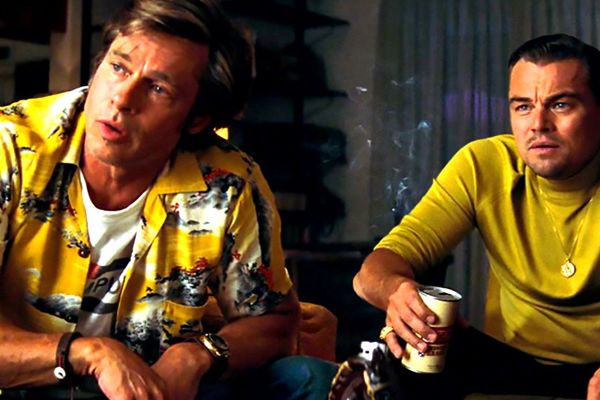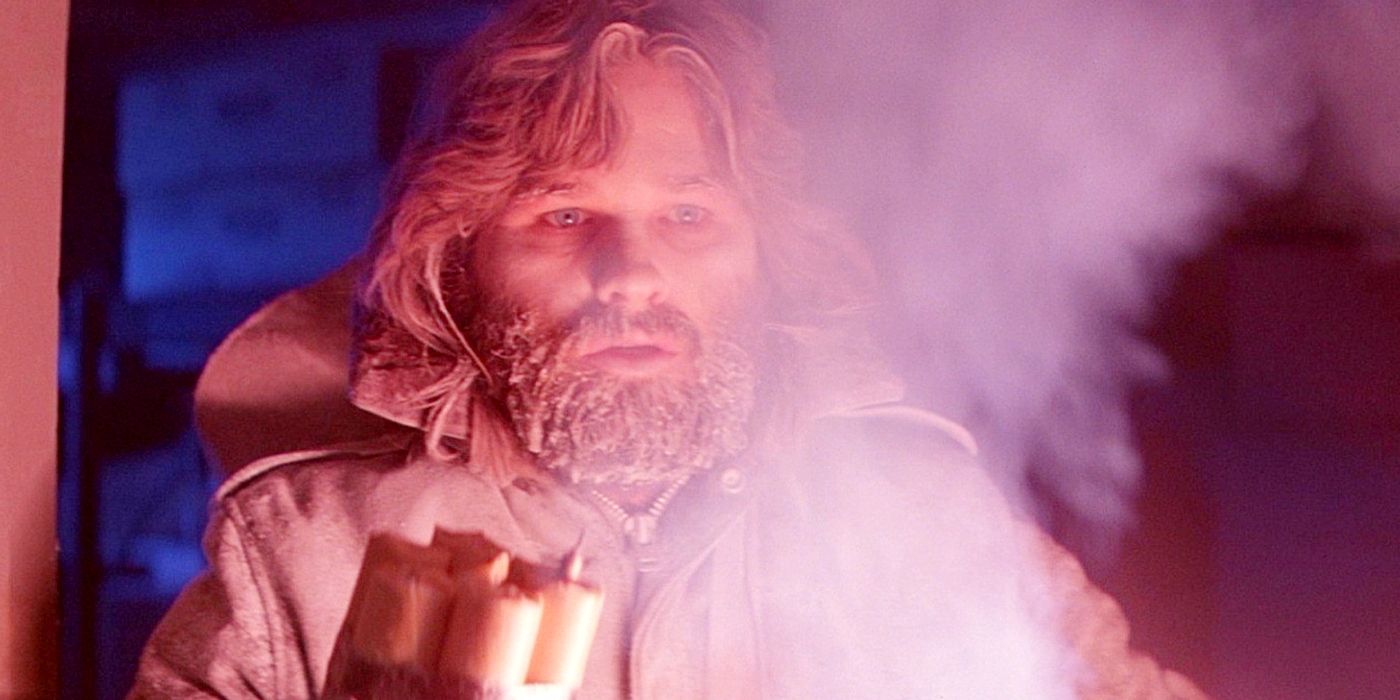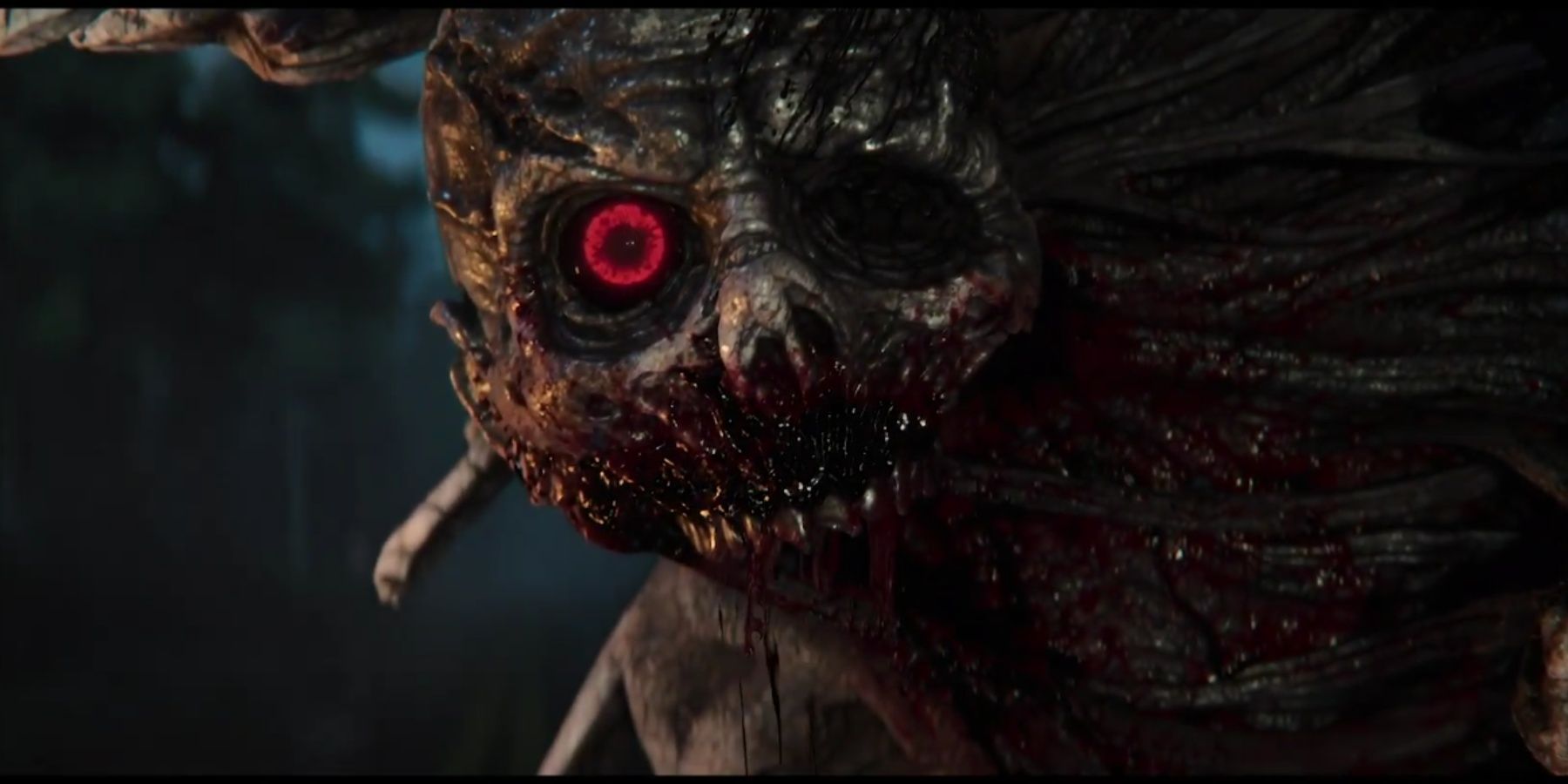
The Cinematic Magic of Quentin Tarantino and John Carpenter: A Reflection by Kurt Russell

Exploring the unique filmmaking styles of Quentin Tarantino and John Carpenter through the eyes of Kurt Russell, a veteran actor who has collaborated with both iconic directors.
The Legendary Collaborations
Kurt Russell, a seasoned actor with an illustrious career, shares his insights on working with two legendary directors, Quentin Tarantino and John Carpenter. Russell's journey began with Carpenter on the set of Elvis in 1979, leading to iconic collaborations in films like Escape From New York, The Thing, Big Trouble in Little China, and Escape From LA. His cinematic voyage continued with Tarantino, starting with Death Proof in 2007 and culminating in The Hateful Eight in 2015.
Russell's experiences with both directors shed light on their distinct approaches to filmmaking. While Carpenter's style is marked by subtlety and restraint, Tarantino's work is characterized by its bold and flamboyant nature. Despite these differences, Russell finds a common thread in their shared passion and vision for storytelling. The synergy between the reserved Carpenter and the exuberant Tarantino creates a fascinating dynamic in the world of cinema.
The Tarantino-Carpenter Connection
Quentin Tarantino's reverence for John Carpenter's cinematic legacy is well-documented. Tarantino draws inspiration from Carpenter's films, citing The Thing as a pivotal influence on his work, including the tension and paranoia it evokes. The Hateful Eight, in particular, reflects Tarantino's admiration for Carpenter's storytelling prowess and ability to captivate audiences with his narrative finesse.
Tarantino's close affinity with Carpenter even extended to a potential collaboration on a Halloween sequel. The acclaimed director considered putting his stamp on the iconic horror franchise, showcasing his admiration for Carpenter's enduring impact on the genre. While the Halloween project never materialized, Tarantino's deep respect for Carpenter's craft remains a testament to the filmmaker's lasting influence on his creative journey.
A Cinematic Legacy
Kurt Russell's profound reflections on his collaborations with Tarantino and Carpenter offer a glimpse into the rich tapestry of Hollywood's cinematic history. Both directors have carved out distinct niches in the industry, with Tarantino's bold and audacious style contrasting Carpenter's nuanced and meticulous approach. Despite their divergent paths, Russell emphasizes the underlying kinship between the two maestros, highlighting their shared dedication to storytelling and artistic expression.
As audiences delve into the works of Tarantino and Carpenter, they are treated to a cinematic feast that transcends genres and conventions. From the explosive energy of Tarantino's films to the atmospheric allure of Carpenter's classics, viewers are immersed in a world where creativity knows no bounds. Russell's profound understanding of these visionary filmmakers underscores the enduring impact of their collaborative efforts on the cinematic landscape, shaping the way we perceive and appreciate storytelling on the silver screen.













